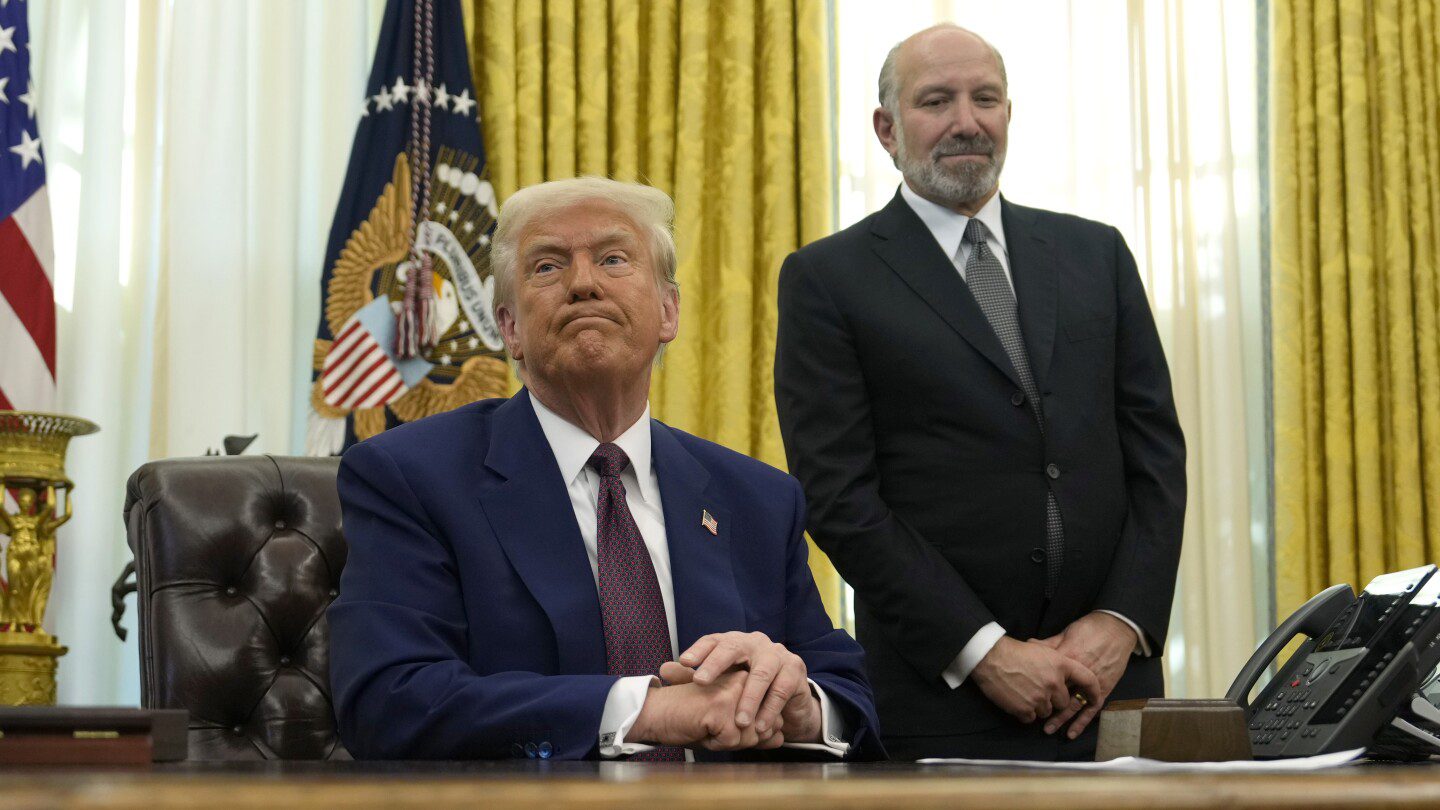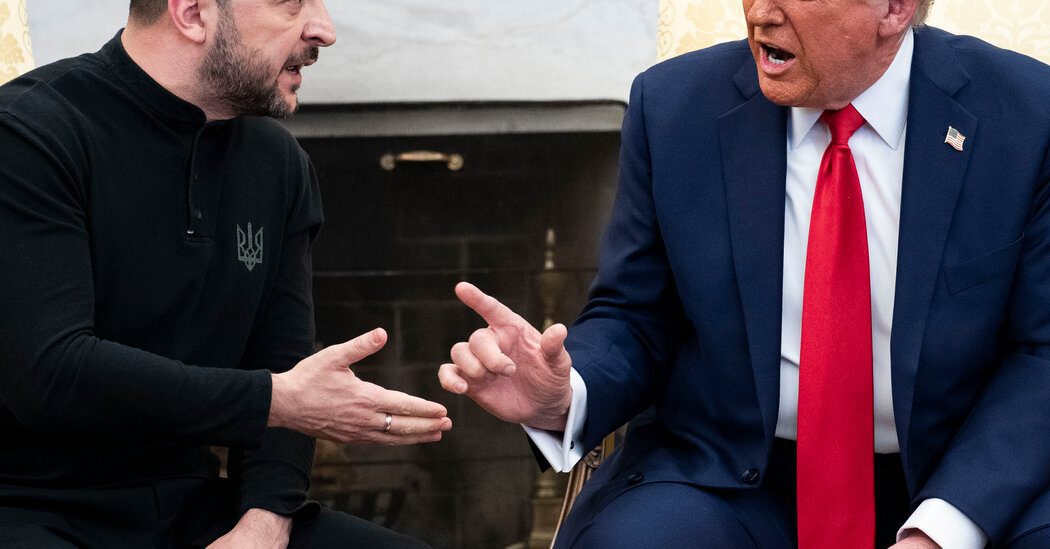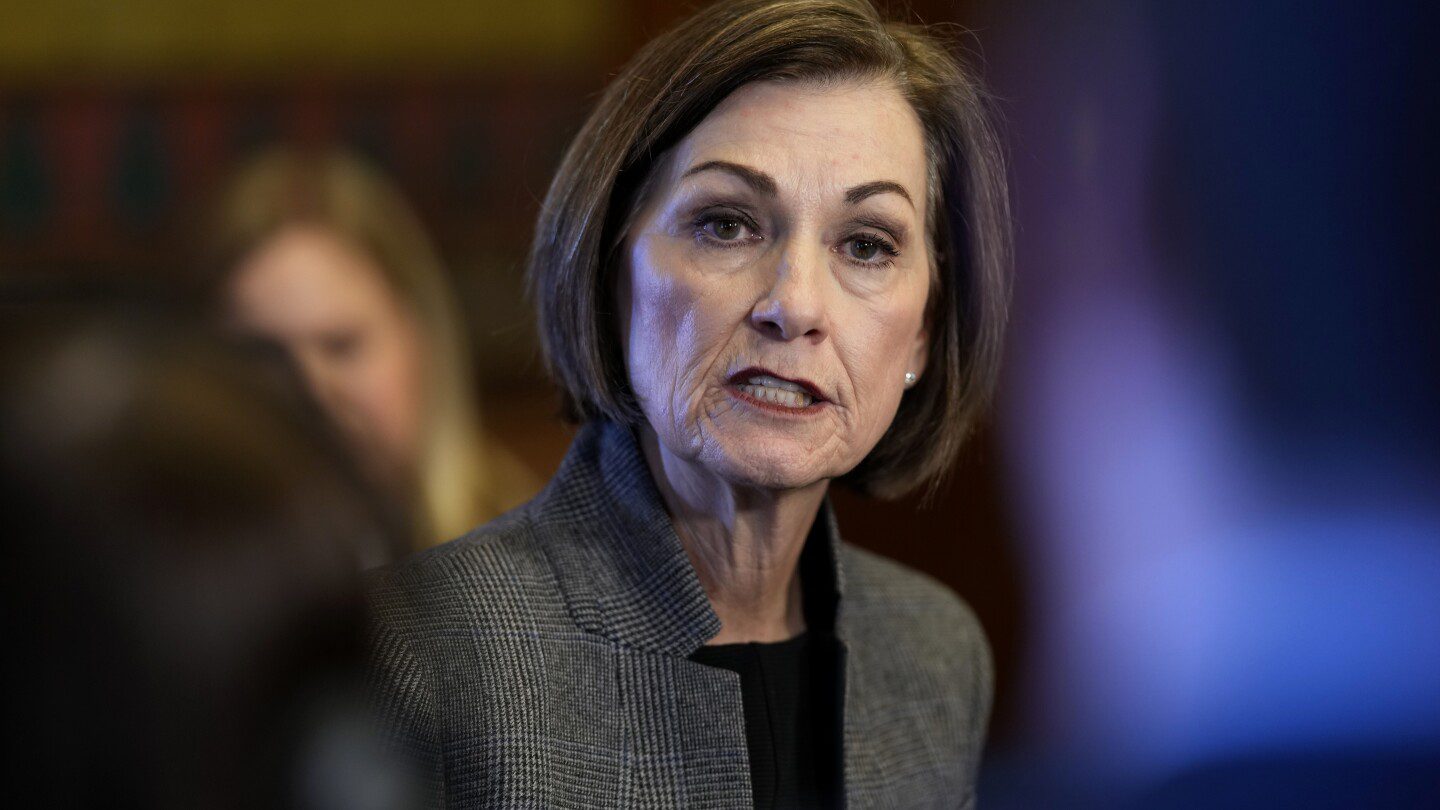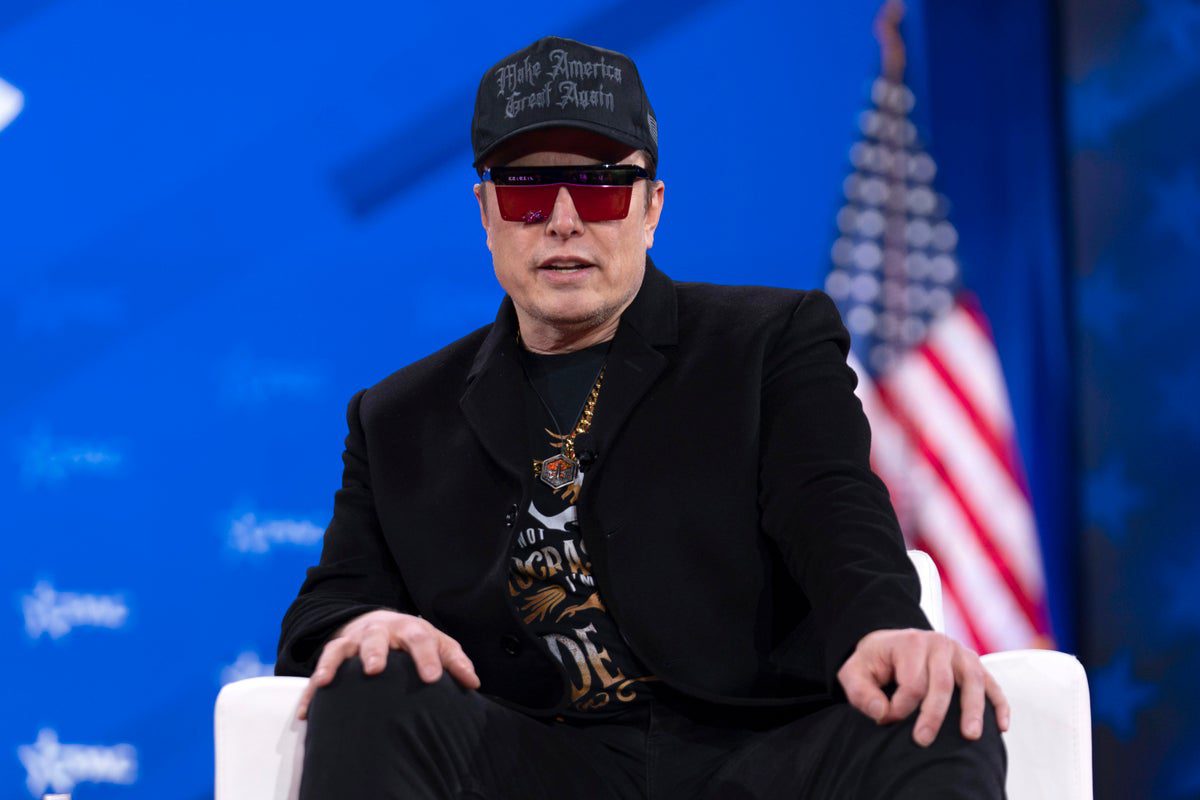
WASHINGTON (AP) — President Donald Trump is dramatically reshaping the rules that have governed international trade for many years. The newly announced “reciprocal” tariffs are expected to create significant disruption for global businesses and may lead to conflicts with both allies and rivals.
Since the 1960s, tariffs — also known as import taxes — have typically resulted from extensive negotiations among numerous countries. However, Trump aims to take control of this process.
“This clearly upends a system that has been in place for a long time,” explained Richard Mojica, a trade attorney at Miller & Chevalier. “Trump is essentially discarding the established norms … This is upending international trade and will require significant adjustments across the board.”
Highlighting America’s significant and ongoing trade deficits — a situation that has not seen a U.S. surplus since 1975 — Trump argues that the global trading landscape is skewed against American firms. He asserts that one contributing factor is that foreign nations frequently impose higher taxes on U.S. exports than the tariffs that the U.S. applies to their products.
Trump has a solution: He proposes to increase U.S. tariffs to align with those imposed by other nations.
The president is a strong proponent of tariffs. He implemented them during his first term and has already enforced 10% tariffs on China, raised U.S. duties on foreign steel and aluminum, and has either threatened or delayed implementing 25% taxes on imports from Canada and Mexico for 30 days.
However, many economists are skeptical about Trump’s enthusiasm for tariffs. They believe these taxes on imports typically end up impacting consumers. Nonetheless, there is a possibility that Trump’s proposition for mutual tariff adjustments could encourage other countries to lower their import duties.
“This could potentially benefit both sides,” stated Christine McDaniel, a former U.S. trade official currently at George Mason University’s Mercatus Center. “It makes sense for other nations to consider lowering their tariffs.”
For instance, India has already decreased tariffs on products ranging from motorcycles to luxury vehicles and has committed to increasing imports of U.S. energy.
Understanding Reciprocal Tariffs
At their core, reciprocal tariffs involve the U.S. increasing duties on foreign imports to match the tariffs imposed by other countries on American goods.
“If they impose a charge, we impose a charge,” the president told reporters recently. “If they are at 25%, we’ll match it. If they are at 10%, so will we. And if their rate is significantly higher than 25%, that will be our rate too.”
However, the specifics of this approach remain unclear. The White House has tasked Commerce Secretary Howard Lutnick with preparing a report by April 1 that will outline the operational details of the new tariffs.
Among the many questions is whether the U.S. will consider individual items listed in the tariff code — from motorcycles to mangos — and adjust the rates systematically, or if it will evaluate each country’s average tariff and make broader comparisons.
“It’s a very chaotic scene right now,” remarked Stephen Lamar, president and CEO of the American Apparel & Footwear Association. “Planning for the long term is practically impossible.”
Why Are Tariffs So Disproportionate?
In general, U.S. tariffs have been lower compared to those of its trading partners. Following World War II, the U.S. championed the reduction of trade barriers globally, believing that free trade would foster peace, prosperity, and enhance American exports. Consequently, the U.S. maintained relatively low tariffs, allowing consumers access to affordable foreign products.
Trump has diverged from this long-standing free trade consensus, claiming that unfair foreign competition has harmed American manufacturers and devastated communities in the heartland. During his initial term, he imposed tariffs on imported steel, aluminum, washing machines, solar panels, and various Chinese goods. The current Democratic administration under President Joe Biden has largely continued Trump’s protective stance on trade.
The White House has pointed to several examples of particularly skewed tariffs: for instance, Brazil taxes ethanol imports — including those from the U.S. — at 18%, while the U.S. imposes a mere 2.5% tax on its ethanol imports. Similarly, India imposes a staggering 100% tax on foreign motorcycles, while the U.S. only has a 2.4% tariff.
Is the U.S. Being Exploited?
The elevated tariffs that Trump criticizes were not secretly established by foreign nations. The U.S. agreed to them through years of intricate negotiations known as the Uruguay Round, culminating in a trade agreement involving 123 countries.
As part of the agreement, countries retained the right to set their tariffs on various products but under the “most favored nation” principle, they could not impose higher rates on one country than on another. Thus, the high tariffs that Trump highlights affect all nations, not just the United States.
Trump’s complaints about trading partners come at a peculiar moment, as the U.S. economy is thriving, with strong consumer spending and notable improvements in productivity. The U.S. saw nearly a 9% economic growth from just before the COVID-19 pandemic until mid-last year, compared to Canada’s 5.5% and the European Union’s 1.9%. Germany actually experienced a 2% economic contraction during that time.
Trump’s Comprehensive Tariff Strategy
Beyond altering tariff codes, Trump is also addressing other perceived unfair practices that hinder American exports. This includes domestic subsidies that favor local producers over U.S. imports, ostensibly health regulations used to block foreign products, and lax measures that promote intellectual property theft.
Determining an import duty that counteracts these practices adds another layer of complexity to Trump’s reciprocal tariff initiative.
The administration is also challenging the European Union and other trading partners regarding value-added taxes (VATs). These taxes, akin to sales taxes, apply to products consumed within a nation’s borders. Trump’s administration views VATs as a form of tariff since they affect U.S. exports.
However, most economists argue against this classification, noting that VATs apply equally to both domestic and imported goods, traditionally not regarded as trade barriers. Furthermore, VATs significantly contribute to revenue for European governments. “Most countries won’t negotiate over their VAT … it’s a crucial part of their revenue structure,” commented Brad Setser, a senior fellow at the Council on Foreign Relations.
In fact, Paul Ashworth, Chief North America Economist for Capital Economics, reveals that the top 15 countries exporting to the U.S. have an average VAT exceeding 14%, alongside tariffs averaging 6%. This suggests that U.S. retaliatory tariffs could escalate to 20%, far surpassing Trump’s suggested universal 10% rate.
The Connection Between Tariffs and The Trade Deficit
Trump and some advisors claim that higher tariffs could help mitigate the United States’ persistent trade deficits.
Yet, previous attempts to narrow the trade gap via tariffs have not been fruitful: despite the import taxes enacted by Trump and Biden, the deficit reached $918 billion last year, the second-highest figure on record.
This persistent deficit, according to economists, stems from fundamental dynamics of the U.S. economy. With substantial government deficits and high consumer spending, American consumption and investment regularly outstrip savings, leading to greater demand for foreign goods and services.
The trade gap is financed largely through overseas borrowing, including selling treasury securities and other assets.
“The trade deficit is fundamentally a macroeconomic issue,” shared Kimberly Clausing, a UCLA economist and former Treasury official. “It arises from an inclination against saving and insufficient taxation. Until these issues are addressed, the trade imbalance will persist.”
_____
AP Retail Writer Anne D’Innocenzio in New York contributed to this report.









